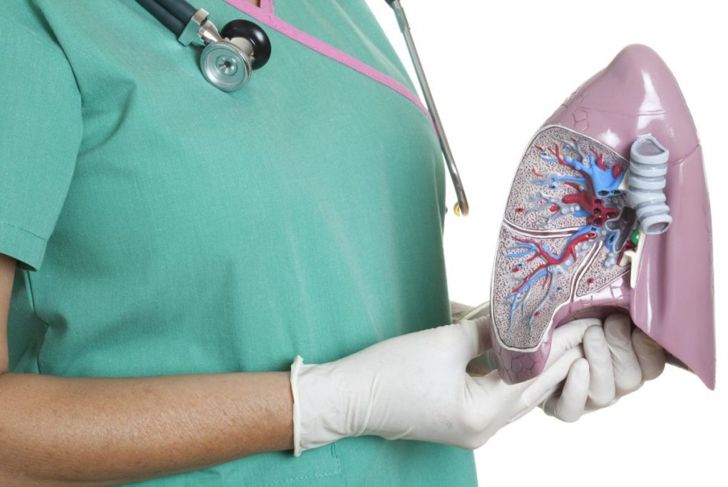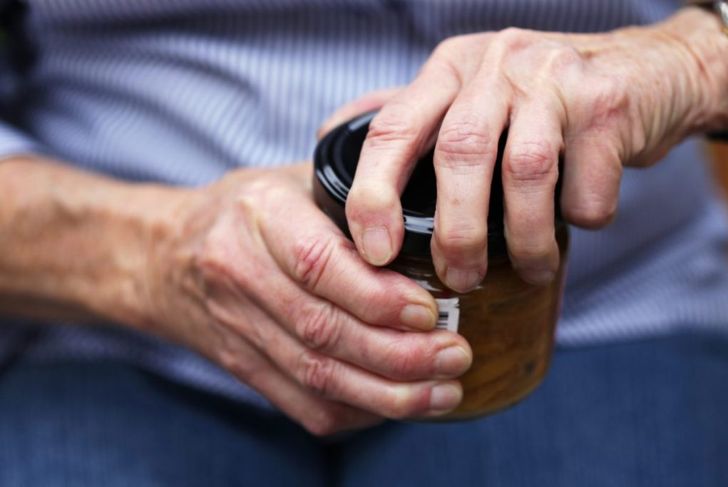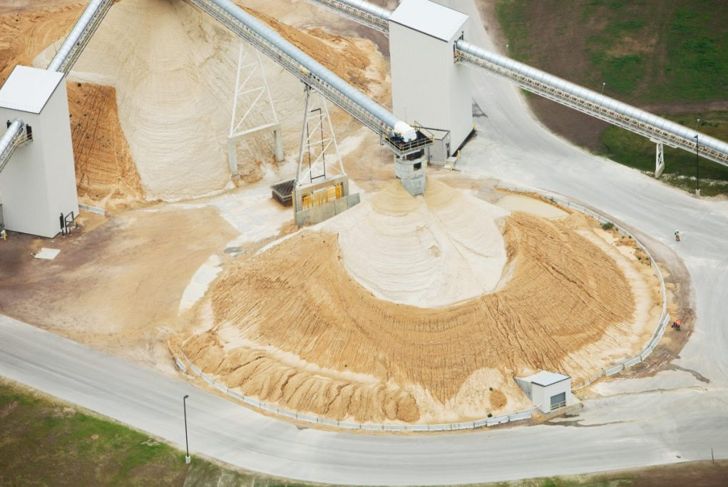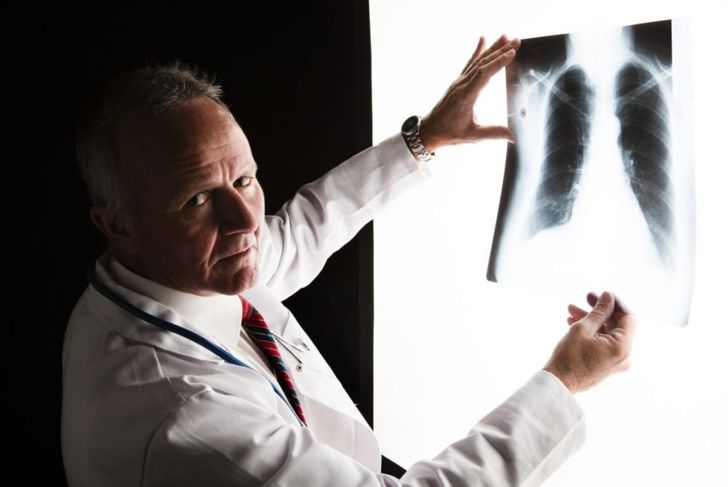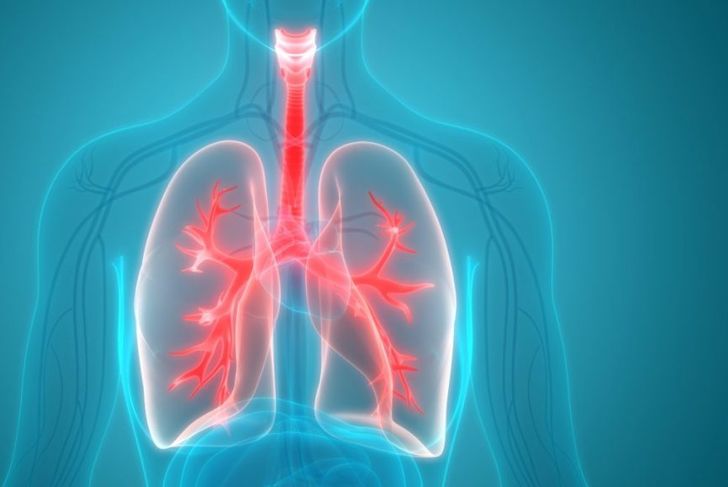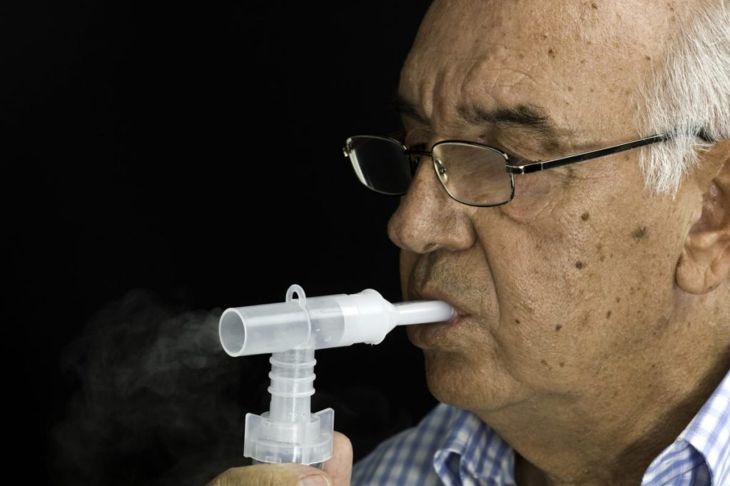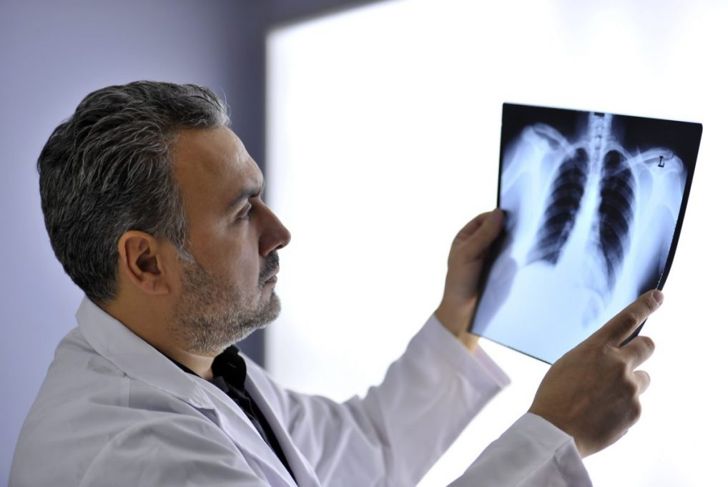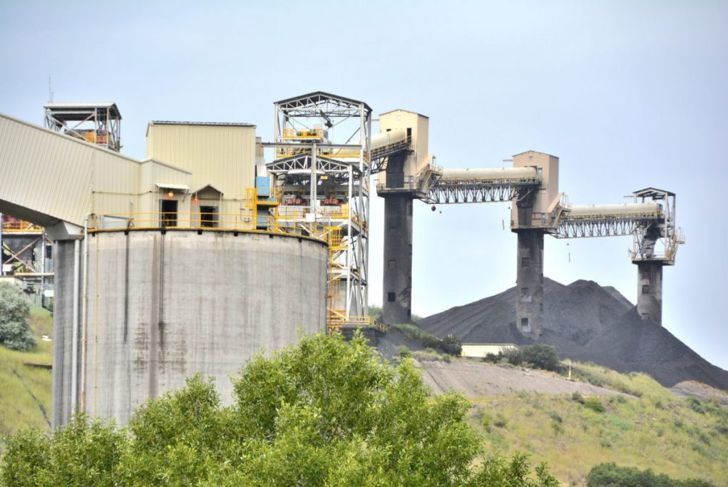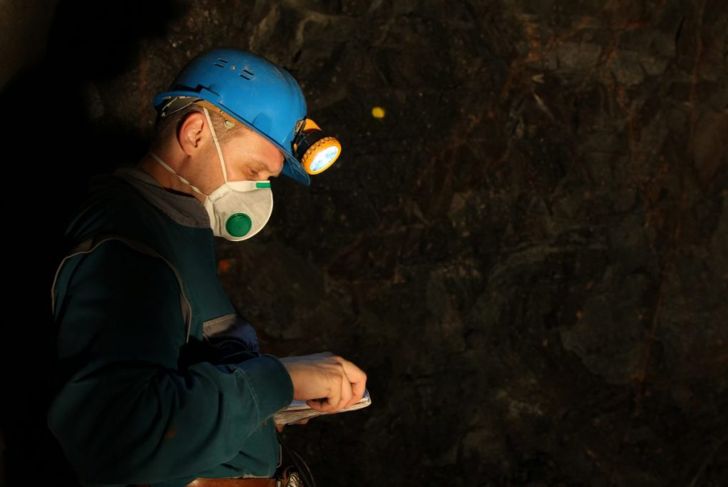Pneumoconiosis describes any lung disease caused by inhaling particulates. The group falls under the category of occupational diseases and includes asbestosis, silicosis, and coal workers’ pneumoconiosis or CWP. CWP is more widely known by its common name: black lung disease. Pneumoconioses such as black lung disease occur when airborne dust, especially mineral dust, is inhaled at work. The color of miners’ lungs after years working in the mines earned this conditin its common name. The workers’ lungs were black with coal dust instead of pink. Black lung is chronic and irreversible.
Mechanism of Action
Coal dust particles build up in the lungs over an extended period, in the gas exchange region of the organ where oxygen is absorbed into the bloodstream, and carbon dioxide is removed from the blood through exhalation. Coal dust particles building up over decades leads to inflammation, and eventually to fibrosis or scar tissue.
Symptoms of Black Lung
Two main symptoms of black lung are shortness of breath and a chronic cough. Others include coughing up black mucus, high blood pressure, and cardiovascular problems. Hemoptysis or coughing up blood occurs in the later stages of the illness. Black lung also leaves people susceptible to autoimmune disorders such as rheumatoid arthritis and scleroderma, or hardening of the skin. Caplan’s syndrome, which causes swollen joints and nodules in the lungs, may occur in people with black lung disease and rheumatoid arthritis.
Silicosis and Asbestosis
Black lung disease is similar to silicosis, an illness caused by the build up of silica in the lungs. Asbestosis is a build up of asbestos fibers in the lungs, called white lung. Silica and asbestos are fibrogenic, but coal dust is not. The body cannot destroy or remove coal dust, so immune system cells, alveolar or interstitial macrophages, engulf the dust particles. Miners with black lung may have silicosis and asbestosis as well, from inhaling the rock dust. Asbestos was mixed with coal in Virginia, Kentucky, West Virginia, and Pennsylvania.
Macules
Engulfed dust particles inside of macrophages are called macules. The macules eventually become hardened coal nodules that stay in the lungs around connective tissue and pulmonary lymph nodes. Coal dust stimulates macrophages to release enzymes, cytokines, oxygen radicals, and fibroblast growth factors. The secretions from the macrophages are partly responsible for the inflammation and fibrosis of CWP. Fibroid tissue begins around the nodules and expands throughout the lungs.
Complications
The most serious complication of black lung disease is progressive massive fibrosis or PMF. The lungs fill with scar tissue, and it may become painful to breathe. Other complications include heart failure due to pressure in the lungs, tuberculosis, lung cancer, and progressive respiratory failure. Most people who develop PMF are 50 or older.
Diagnosis
Black lung is diagnosed mainly through a physical examination and taking an extensive medical history. If the patient mentions work in coal mines, the doctor will further explore this possible cause and may use chest radiography. CWP or black lung occurs in two forms: CWP with some small spots of scar tissue and the more complicated form, progressive massive fibrosis.
Treatment of Black Lung Disease
No specific treatment exists for black lung or progressive massive fibrosis. Doctors instigate palliative care to manage symptoms and limit possible complications such as airflow obstruction and use antibiotics to fight infection. People with black lung disease should avoid tobacco smoke and keep as much dust and air out of the home and workplace as possible. Physicians will treat coughing and wheezing with oral medications and inhalers.
Cellular Therapy
Cellular therapy is an innovative treatment for black lung disease and PMF. The outpatient procedure requires harvesting a person’s cells. An on-site laboratory processes the cells, then doctors reintroduce them into the donor’s bloodstream to stimulate the healing process. The treatment takes place over two days. Over 80% of people undergoing cellular therapy report overall improvement in their quality of life.
Prevalence
There was a brief time after 1973 when experts believed progressive massive fibrosis, the most severe form of black lung, was declining and may cease to exist. Unfortunately, the safety measures put in place at the time were not sufficient. The National Institute for Occupational Safety and Health (NIOSH) tracks cases of black lung and PMF. NIOSH found that approximately 10% of all miners in the industry for 25 years or more between 1970 to 2017 have black lung. Most cases of complicated CWP with PMF are in Appalachia.
Prevention
The Federal Coal Mine Health and Safety Act of 1969 was meant to stop new cases of black lung and protect miners. The Safety Act in 1969 mandated the use of adequate breathing filters and face masks. The Federal Mine Safety and Health Act of 1977 added more protections and called for action such as eliminating coal dust in the workplace and yearly chest radiographs to find black lung disease early. An estimated 1,500 former coal miners lose their lives to black lung disease every year.

 Home
Home Health
Health Diet & Nutrition
Diet & Nutrition Living Well
Living Well More
More